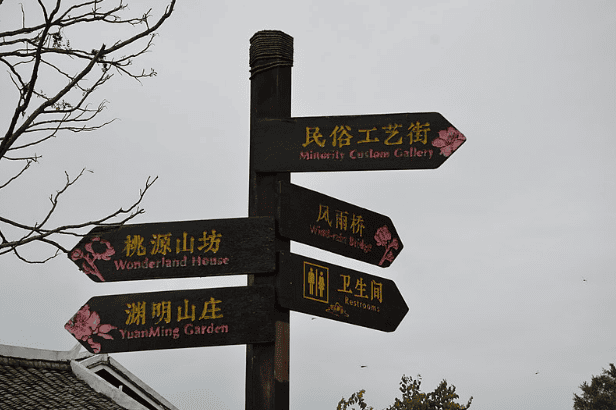On October 17, the US Patent and Trademark Office (USPTO) issued new patent eligibility guidelines.
These new guidelines elaborate on the guidelines issued in January, and were issued in response to public comments on the January guidelines.
The guidelines focus on five major “themes” that emerged from the comments:
- evaluating whether a claim recites a judicial exception;
- the groupings of abstract ideas enumerated in the January 2019 Patent Eligibility Guidance (2019 PEG);
- evaluating whether a judicial exception is integrated into a practical application;
- the prima facie case and the role of evidence with respect to eligibility rejections; and
- the application of the 2019 PEG in the patent examining corps.
The 2019 PEG instructs patent examiners to evaluate whether a patent claim recites a judicial exception:
- an abstract idea,
- a law of nature, or
- a natural phenomenon.
The 2019 PEG puts abstract ideas into several groups:
- mathematical concepts,
- certain methods of organizing human activity, and
- mental processes.
For example,
The 2019 PEG defines “mathematical concepts” as mathematical relationships, mathematical formulas or equations, and mathematical calculations. …
A mathematical relationship is a relationship between variables or numbers. A mathematical relationship may be expressed in words or using mathematical symbols. For example, pressure (p) can be described as the ratio between the magnitude of the normal force (F) and area of the surface on contact (A), or it can be set forth in the form of an equation such as p = F/A.
These groups aren’t mutually exclusive. As the latest guidance notes,
For example, a claim reciting performing mathematical calculations using a formula that could be practically performed in the human mind may be considered to fall within the mathematical concepts grouping and the mental process grouping.
With respect to “certain methods of organizing human activity,” the new guidelines note:
not all methods of organizing human activity are abstract ideas (e.g., “a defined set of steps for combining particular ingredients to create a drug formulation” is not a “certain method of organizing human activity”).
Second, this grouping is limited to activity that falls within the enumerated sub-groupings of fundamental economic principles or practices, commercial or legal interactions, managing personal behavior, and relationships or interactions between people…
The USPTO is enhancing the training of patent examiners in order to improve their understanding of the revised eligibility guidance and improve patent quality.


